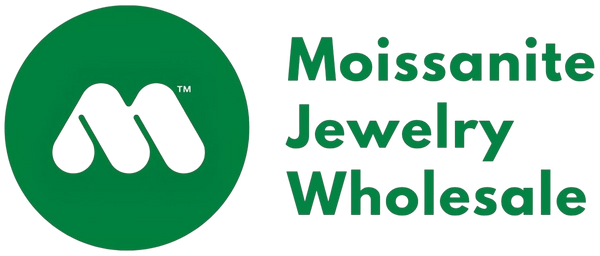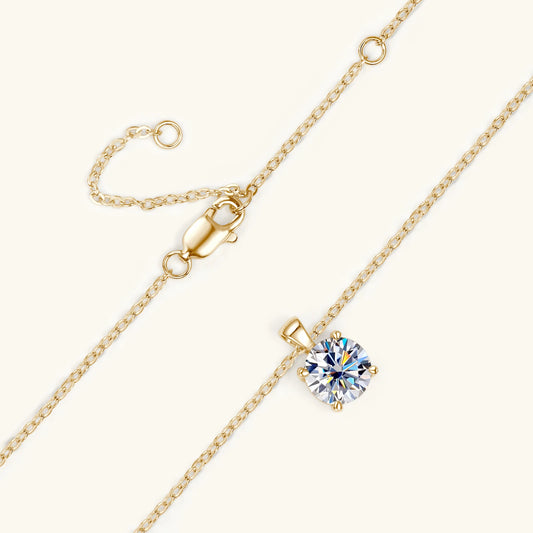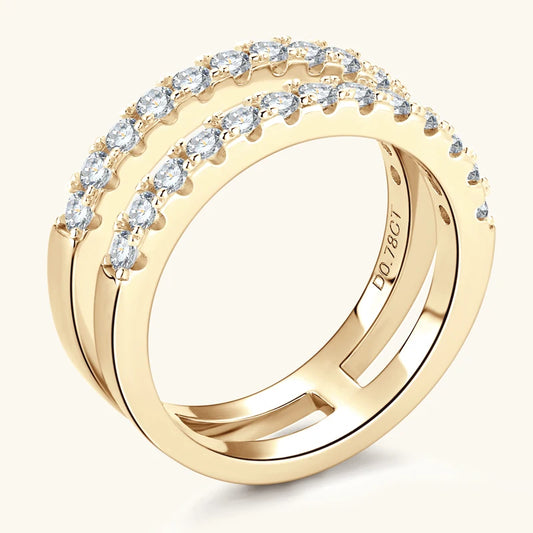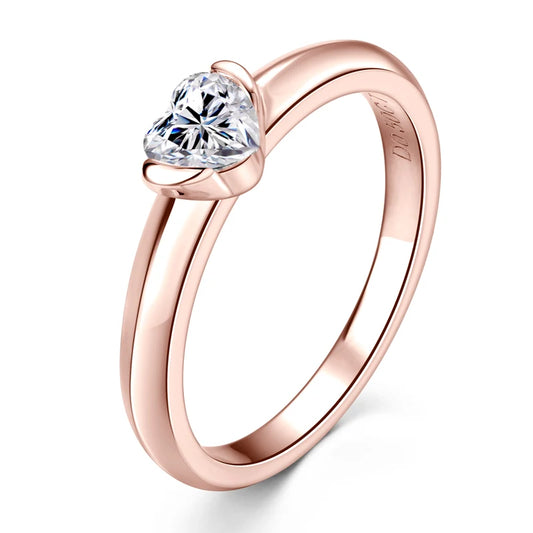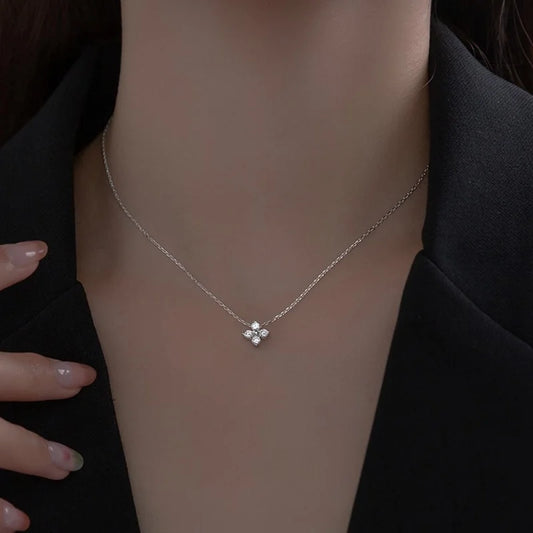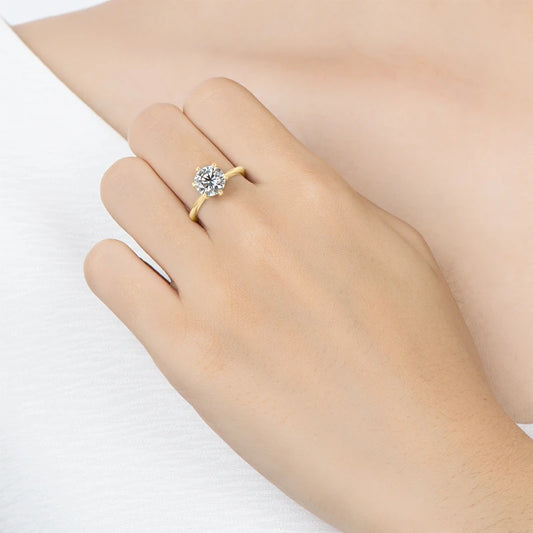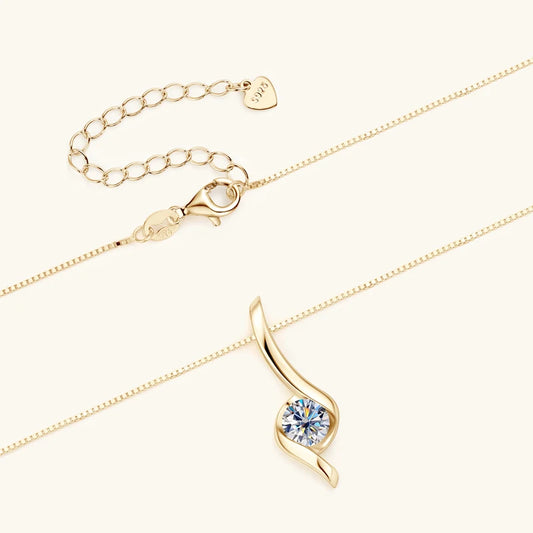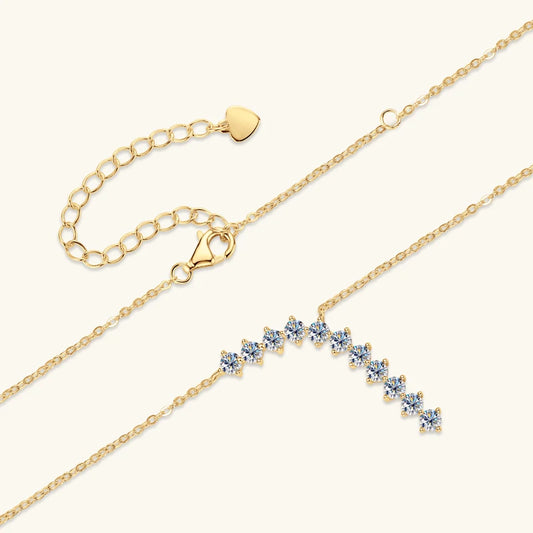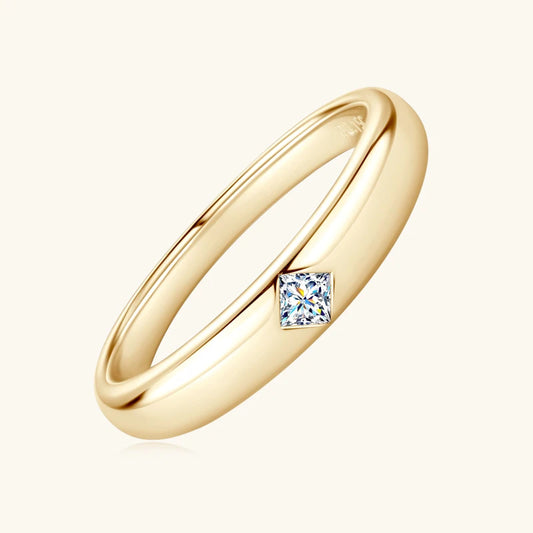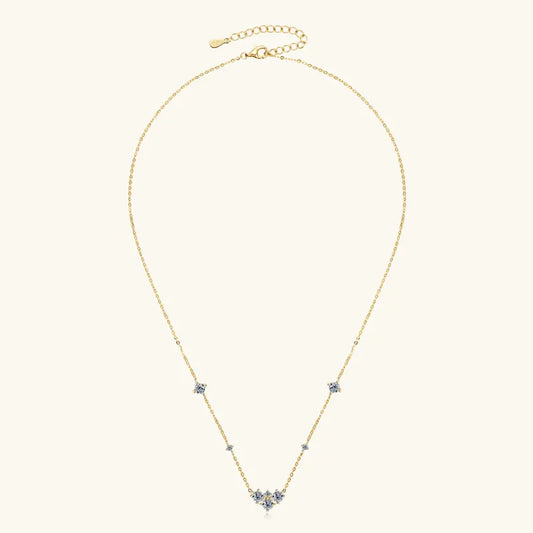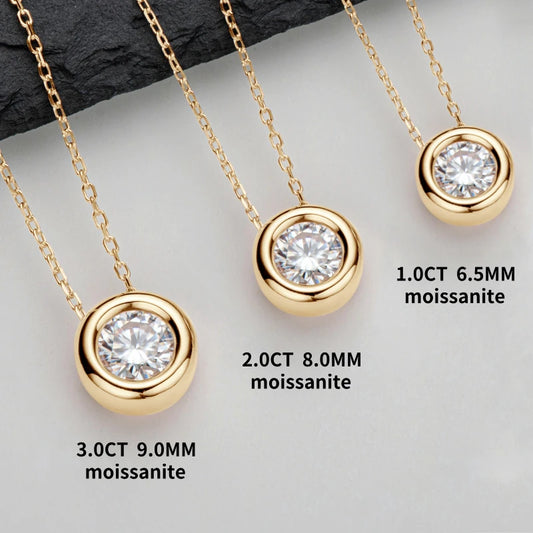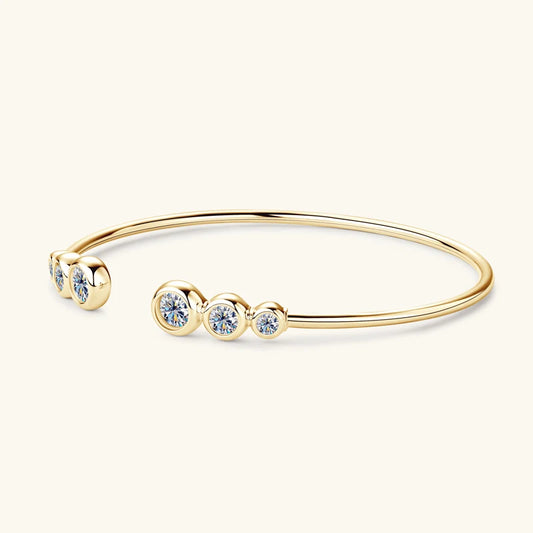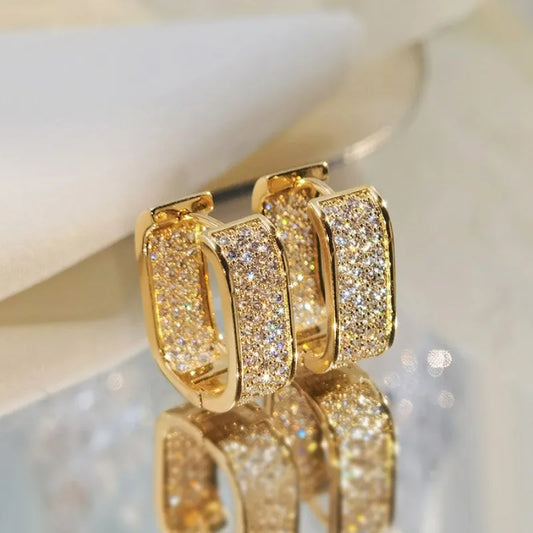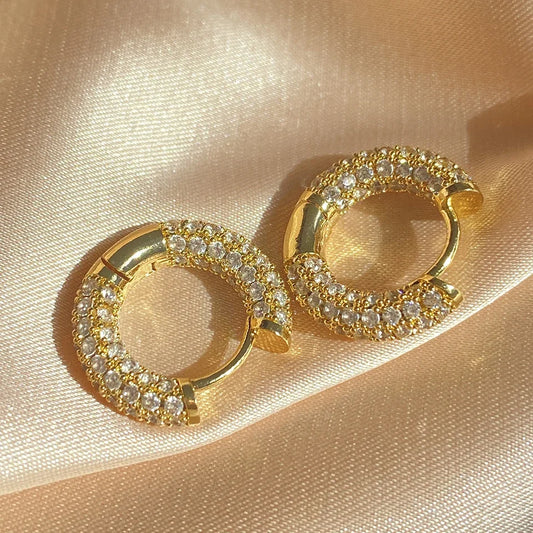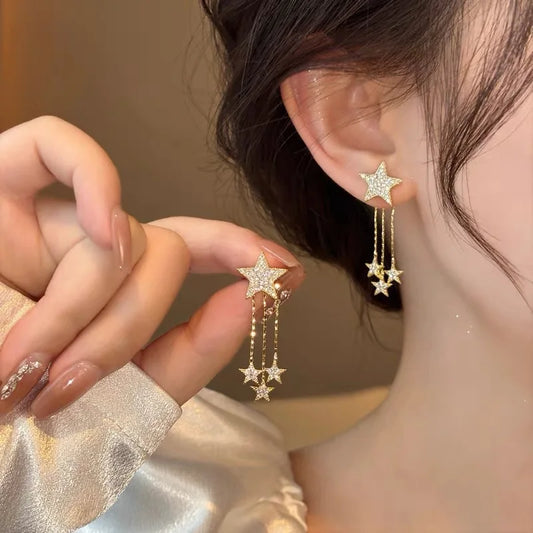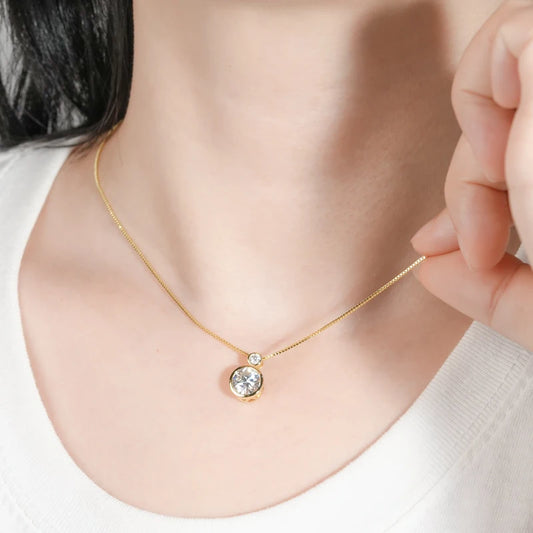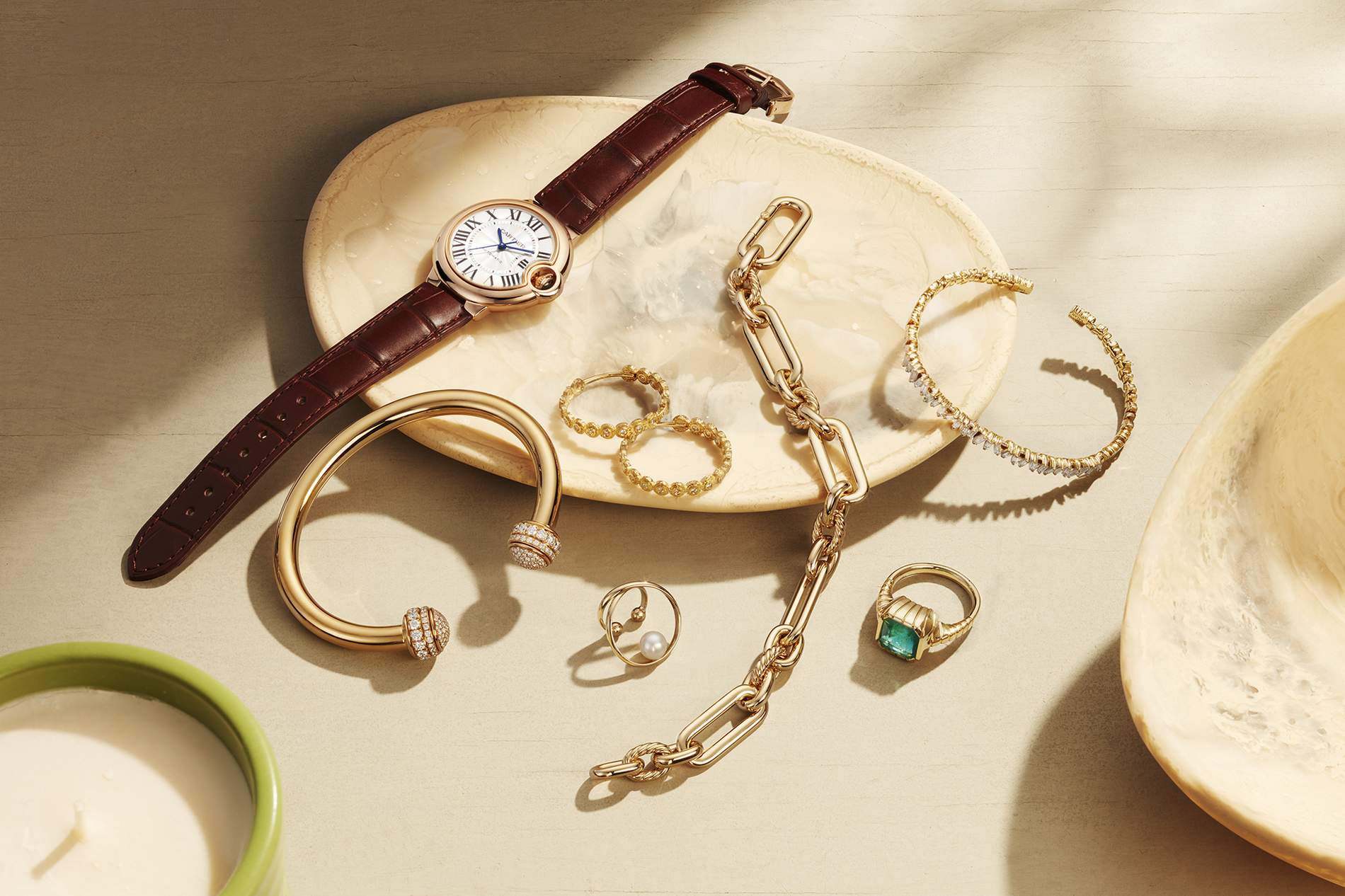Are Lab Grown Diamonds Called Moissanite? 2025

Compartir
In the world of fine jewelry, the terms lab-grown diamonds and moissanite often surface in conversations, sparking confusion about whether they refer to the same thing. As someone deeply immersed in the world of moissanite jewelry, I'm here to set the record straight and break down these two gemstones. With the growing popularity of lab-grown diamonds, many shoppers wonder if they’re actually just a different name for moissanite—but the truth is, they’re distinct, albeit similar in some ways.
While both are considered ethical and sustainable alternatives to mined diamonds, they have different origins, compositions, and characteristics. In this blog post, I’ll walk you through the key differences between these two gemstones, helping you make an informed decision whether you're shopping for engagement rings, wedding bands, or any other fine jewelry pieces.
By the end of this post, you’ll have a clearer understanding of what moissanite is, how it compares to lab-grown diamonds, and which one might be the right choice for your next jewelry purchase.
Moissanite Bracelets | Shop Now
Moissanite Best Sellers | Moissanite Engagement Ring Band Sets | Moissanite Matching His & Hers Rings | Moissanite Rose Gold Wedding Sets | Moissanite White Gold Wedding Sets | Moissanite Affordable Sets | Moissanite Pendant Studs | Moissanite Clustered Sets | Moissanite Set | Moissanite Art Deco Jewelry Sets
What is Moissanite?
Before we delve into comparisons, let's first understand what moissanite is. Discovered in 1893 by French chemist Henri Moissan, moissanite is a naturally occurring mineral made of silicon carbide (SiC). However, natural moissanite is extremely rare and is typically found only in meteorites or on rare geological formations. This is why virtually all moissanite used in jewelry today is lab-grown.
The lab-created moissanite gemstone mimics the appearance of diamonds with a stunning sparkle that is often brighter and more fiery than that of traditional diamonds. This is due to its higher refractive index, which means it bends light more efficiently, giving it more brilliance.
What is a Lab Grown Diamond?
On the other hand, a lab-grown diamond is a diamond that is created in a controlled environment using either High Pressure High Temperature (HPHT) or Chemical Vapor Deposition (CVD) methods. These diamonds are made of pure carbon, just like natural diamonds, and they exhibit the same physical, chemical, and optical properties as those found in the earth. The key difference is that they are produced in a lab rather than being mined from the earth.
Lab-grown diamonds are often considered a more eco-friendly and ethical alternative to mined diamonds since they don’t involve the environmental damage or labor exploitation associated with traditional diamond mining. But importantly, they are still diamonds, unlike moissanite, which is a completely different material.
Moissanite Sets | Shop Now
Moissanite Nature Inspired Jewelry Sets | Moissanite Toi et Moi Jewelry Sets | Moissanite Engagement Ring | Moissanite Wedding Band | Moissanite Eternity Ring | Moissanite Promise Ring | Moissanite 3 Stone Ring | Moissanite Stackable Ring | Moissanite Oval Cut Ring | Moissanite Emerald Cut Ring
Moissanite vs. Lab Grown Diamonds: Key Differences
When trying to decide between moissanite and lab-grown diamonds, it’s important to understand their distinct differences. Let’s break it down in a few key areas:
1. Composition and Origin
As mentioned, moissanite is made of silicon carbide, while lab-grown diamonds are made from pure carbon. While both gemstones are grown in laboratories, their chemical compositions and origins are completely different.
Lab-grown diamonds share the same elemental structure and properties as natural diamonds, which is why they are often indistinguishable from natural diamonds without specialized equipment. Moissanite, though similar in appearance, has a different chemical structure and is technically not a diamond.
Moissanite Necklaces | Shop Now
Moissanite Cushion Cut Ring | Moissanite Round Cut Ring | Moissanite Heart Shaped Ring | Moissanite Princess Cut Ring | Moissanite Pear Cut Ring | Moissanite Marquise Cut Ring | Moissanite Asscher Radiant Cut Ring | Moissanite Pearl Earrings | Moissanite Rose Gold Ring | Moissanite Yellow Gold Ring
2. Appearance and Sparkle
One of the most noticeable differences between the two is their brilliance. While both stones sparkle brilliantly, moissanite is known for having a greater refractive index than diamonds. This means that moissanite tends to exhibit more fire—that rainbow-like play of color that you see when light hits the gemstone.
Lab-grown diamonds, however, typically have a more subtle sparkle akin to natural diamonds. The sparkle is clean and crisp without as much color dispersion, giving the diamond a more classic and refined look.
3. Durability
In terms of hardness, both moissanite and lab-grown diamonds are incredibly durable. However, lab-grown diamonds rank 10 on the Mohs scale of hardness, making them the hardest known material, just like their natural counterparts.
Moissanite, on the other hand, ranks 9.25 on the Mohs scale, which makes it highly resistant to scratching and abrasion, but not quite as tough as a diamond.
4. Price
One of the main reasons people opt for moissanite over diamonds is the price difference. Moissanite is significantly more affordable than lab-grown diamonds—sometimes costing a fraction of the price for a similar-sized stone.
For instance, a 1-carat lab-grown diamond may cost anywhere from $1,000 to $4,000, while a 1-carat moissanite can cost between $300 and $800, depending on quality and brand.
5. Ethical Considerations
Both moissanite and lab-grown diamonds are considered ethical choices since they do not require mining. Moissanite is typically lab-created, so there’s no environmental destruction involved, and the process is often more energy-efficient compared to lab-grown diamond production, which requires high temperatures and energy to replicate the conditions under which natural diamonds form.
Lab-grown diamonds, on the other hand, are seen as an eco-friendly and conflict-free alternative to mined diamonds, offering a sustainable option for consumers who are concerned about the ethics of diamond mining.
Moissanite Earrings | Shop Now
Moissanite White Gold Ring | Moissanite Sterling Silver Ring | Moissanite Platinum Ring | Moissanite Black Ring | Moissanite Men Ring | Moissanite Solitaire Necklaces | Moissanite Tennis Necklaces | Moissanite Cross Necklaces | Moissanite Choker Necklaces | Moissanite Name Initial Pendants
Which is the Better Choice for You?
So, now that you know the key differences between moissanite and lab-grown diamonds, which one should you choose? Ultimately, the choice depends on your preferences, budget, and what qualities are most important to you in a gemstone.
If you prefer a brilliant sparkle with more rainbow-like fire, moissanite might be the perfect choice. It offers a stunning visual appeal at a much more affordable price, making it an excellent option for those on a budget.
If you’re after a classic, timeless diamond with a more subtle, refined brilliance and durability, a lab-grown diamond may be more in line with your needs. It’s virtually indistinguishable from a natural diamond and is perfect for those who prefer the tradition of diamond jewelry but with a more sustainable, ethical option.
Moissanite Engagement Rings | Shop Now
Moissanite Heart Necklaces | Moissanite Cluster Necklaces | Moissanite Halo Pendant Necklaces | Moissanite Teardrop Drop Necklaces | Moissanite Circle Bezel Pendants | Moissanite Pearl Necklaces | Moissanite Men Necklace | Moissanite Cuban Link Chains | Moissanite Dog Tag Necklaces | Moissanite Rose Gold Necklaces
Final Thoughts
In conclusion, while moissanite and lab-grown diamonds may look similar at first glance, they are fundamentally different gemstones. Moissanite is a silicon carbide gemstone with exceptional brilliance, while lab-grown diamonds are made of pure carbon and share the same characteristics as mined diamonds. Both are ethical and affordable options, but the right choice depends on your personal style, preferences, and budget.
If you're considering a purchase from a moissanite jewelry wholesale store, it’s essential to choose a reputable dealer that offers high-quality moissanite stones. On the other hand, if you’re interested in lab-grown diamonds, look for certified and reputable sources that guarantee their authenticity.
Moissanite Necklace Collections
Moissanite White Gold Necklaces | Moissanite Necklace Yellow Gold | Moissanite Sterling Silver 925 Necklaces | Moissanite Stud Earrings | Moissanite Hoop Earrings | Moissanite Drop Dangle Earrings | Moissanite Cluster Earrings | Moissanite Leverback Earrings | Moissanite Screw Back Earrings | Moissanite Round Cut Studs
Moissanite Earrings Collections
Moissanite Princess Cut Earrings | Moissanite Emerald Radiant Cut Earrings | Moissanite Pear Teardrop Earrings | Moissanite 1 Carat Earrings | Moissanite 2 Carat Earrings | Moissanite 3 Carat Earrings | Moissanite White Gold Earrings | Moissanite Rose Gold Earrings | Moissanite Sterling Silver 925 Earrings | Moissanite Men Earrings
Moissanite Bracelets Collections
Moissanite Tennis Bracelets | Moissanite Cuban Link Bracelets | Moissanite Bangle Bracelets | Moissanite Cross Bracelets | Moissanite Pearl Bracelets | Moissanite Rose Gold Bracelets | Moissanite White Gold Bracelet | Moissanite Sterling Silver 925 Bracelets | Moissanite Men Bracelet | Moissanite Men Tennis Chain Cuff Bracelet
Moissanite Watches Collections
